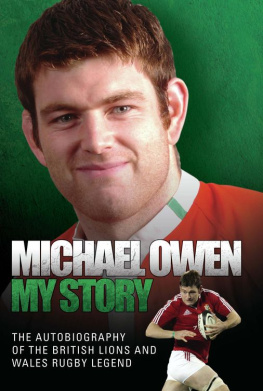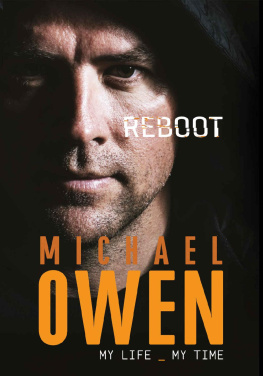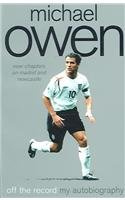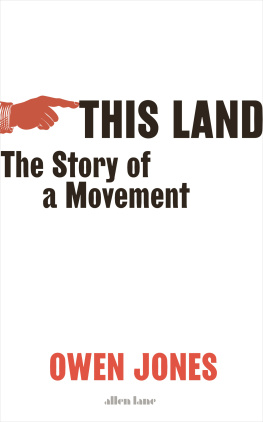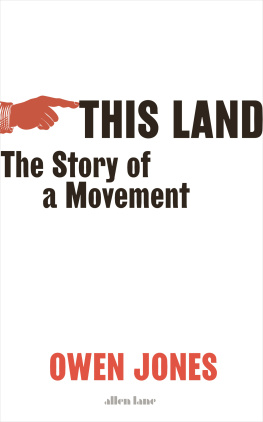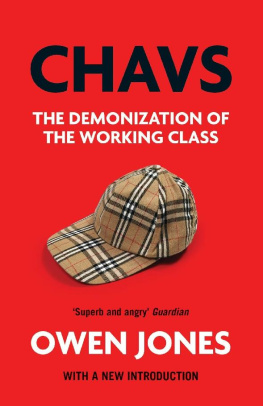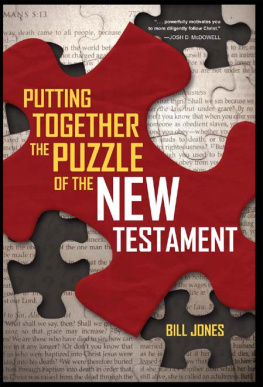Putting Folklore to Use has been selected as a
Publication of the American Folklore Society,
New Series, Patrick B. Mullen, General Editor
Copyright 1994 by The University Press of Kentucky
Scholarly publisher for the Commonwealth,
serving Bellarmine University, Berea College, Centre
College of Kentucky, Eastern Kentucky University,
The Filson Historical Society, Georgetown College,
Kentucky Historical Society, Kentucky State University,
Morehead State University, Murray State University,
Northern Kentucky University, Transylvania University,
University of Kentucky, University of Louisville,
and Western Kentucky University.
All rights reserved.
Editorial and Sales Offices: The University Press of Kentucky
663 South Limestone Street, Lexington, Kentucky 40508-4008
www.kentuckypress.com
Library of Congress Cataloging-in-Publciation Data
Putting folklore to use / Michael Owen Jones, editor
p. cm.(Publication of the American Folklore Society, New series)
Includes bibliographical references and index.
ISBN-10: 0-8131-1825-5 (cloth : alk. paper):
ISBN-10: 0-8131-0818-7 (paper : alk. paper):
1. Applied folkloreUnited States. 2. FolkloreUnited StatesResearch. 3. United StatesSocial life and customs. I. Jones, Michael Owen. II. Series: Publications of the American Folklore Society. New series (Unnumbered)
GR105.P88 1993
398'.0973dc20 93-2101
ISBN-13: 978-0-8131-0818-6 (pbk. : alk. paper)
This book is printed on acid-free recycled paper meeting
the requirements of the American National Standard
for Permanence in Paper for Printed Library Materials.
Manufactured in the United States of America.
| Member of the Association of
American University Presses |

Preface

This is the first book to describe ways of applying concepts and insights from folklore studies to a broad range of situations and social concerns. It has its antecedents in works on folklore in museums, education, and the public sector but differs from them in several ways. First, though it is intended primarily for folklorists, the essays should be of interest and use to practitioners in other fields. Second, the authors of these dozen essays go beyond speculation or theory to describe actual applications of which they have direct knowledge, in most instances having been involved occupationally. Third, the book is more skills-oriented than its predecessors. It identifies particular knowledge, abilities, and techniques of folklorists valuable to many professions and useful in trying to solve a variety of problems.
Authors of essays in demonstrate how utilizing folklore can promote learning, problem solving, and the conservation and presentation of folklore. Judith Haut shows how a teacher can achieve the goals of pluralistic education by acting like a folklore fieldworker, thereby reducing intergroup stereotyping and increasing students self-esteem while simultaneously developing independent learning skills. Jo Farb Hernandez examines recent trends in different types of museums; she concludes with specific recommendations for including folklore programming, explaining its value to learning. Marjorie Bard discusses the uses of narratives in diagnosis and intervention with homeless persons, illustrating applications for policy and programs. Finally, Benita Howell advocates folklore or folklife research as a crucial part of environmental planning.
Writers in focus on how values, concepts, and approaches from folklore studies can improve the quality of life. David Hufford considers how health care can be rendered more effective if practitioners become aware of a variety of ways of thinking about the causes and cures of illnessachieved in part by adopting a fieldworkers point of view when interviewing patients. Kristin Congdon proposes ways to democratize art therapy, sensitizing the art facilitator to the value and implications of everyday creativity and traditional aesthetics and thereby helping to improve communication in therapeutic settings. Sara Selene Faulds analyzes how to improve the design of public spaces through an emphasis on symbolic behavior in face-to-face interaction. Michael Owen Jones proposes taking a folkloristic approach to the study of organizational behavior as well as incorporating concepts and methods from folklore research into efforts at organization development. In the final essay in this section, Elke Dettmer explores a possible role for folklore studies in developing a more responsible tourism.
Authors in discuss ways of utilizing folklore research that, for whatever else may be accomplished, can enhance identity and a sense of community. Betty Belanus reviews some of her experiences during the past decade as a public sector folklorist who has put folklore to use in schools, museums, and parks and recreation programs not only to educate but also to stimulate appreciation of and pride in local traditions. David Shuldiner describes folklore programming for and with the elderly in ways that promote a sense of self-worth. Sue Samuelson examines her experience in public relations work for a professional association, helping reflect and create a self-image. In the last essay, Patricia Atkinson Wells sets forth an agenda for helping rural communities survive and even thrive.
Of course, there are other applications of folklore and its study. Several journalists, including Mark Twain, George Korson, and Charles Kuralt, have reported folk traditions, and several folklorists with M.A. or Ph.D. degrees have found employment in journalism. Many librarians learn and tell myths, legends, and folk tales (sometimes as part of their job description); and individuals with advanced degrees in folklore studies have become librarians. Photographers, filmmakers, and videographers often document examples of folklore and aspects of folklife, and increasingly folklorists serve as consultants to media projects. State humanities councils have hired folklorists as program officers and selected academic folklorists to sit on their boards of directors.
Space does not permit including essays on all applications. The topics selected include areas in which folklore has long been considered relevant (such as education), institutions or agencies in which many folklorists have been employed in recent years (e.g., the public sector, such as museums and arts councils), and fields that are likely to draw increasingly heavily on folklore studies as well as employ more folklorists in the future (e.g., health, aging, organization development, and environmental planning). The criteria used to select authors were a combination of who is noted for a particular application, who could provide the necessary overview and case studies (as evident from earlier conference papers or publications), and who was ready and willing to prepare an essay.





 Contents
Contents 
 Preface
Preface 


